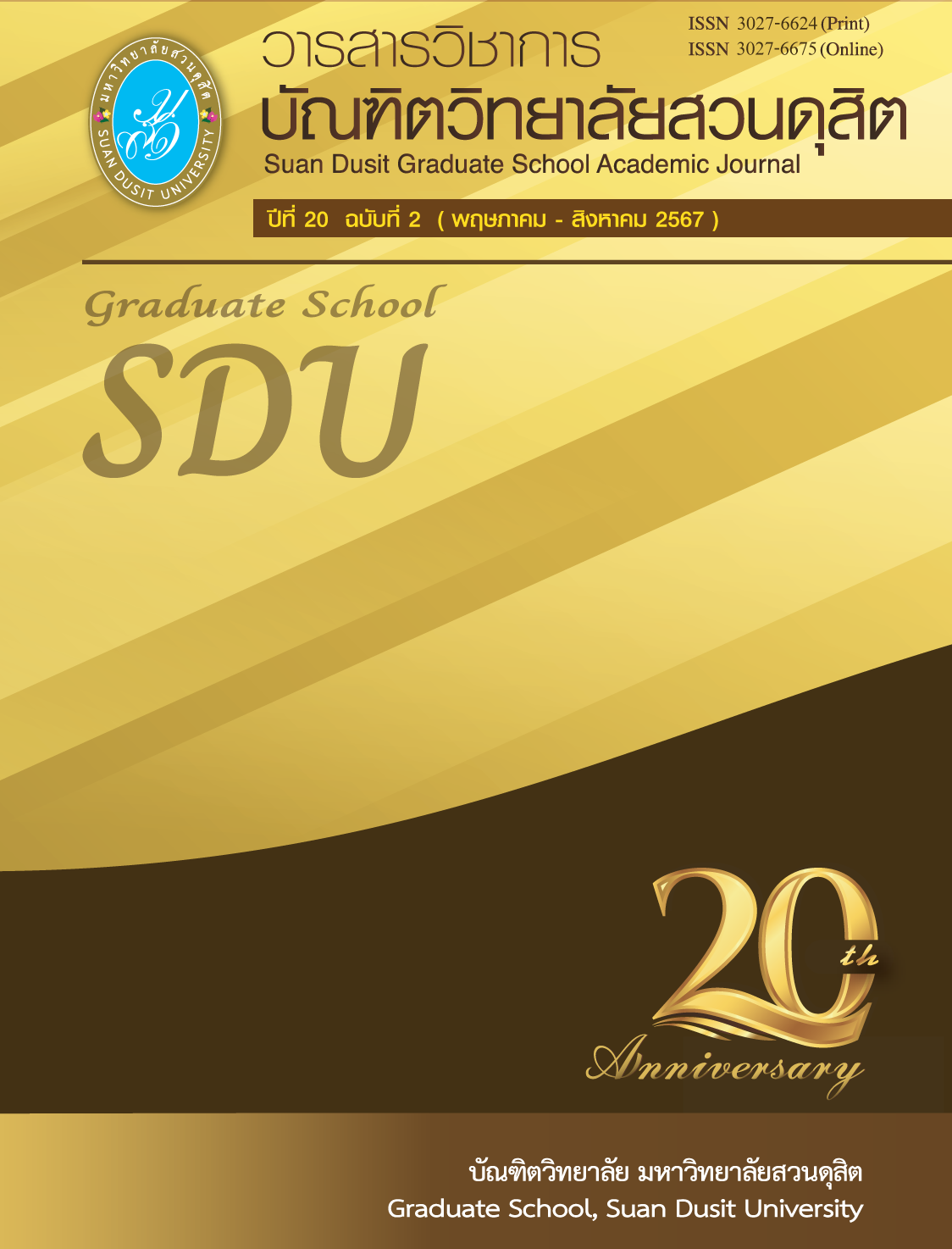The Development of the Notouch Fingerprint Detecting Spray (FPD) Reagents for Collecting Latent Fingerprints on Nonporous and Wet Surfaces
Keywords:
Latent fingerprints, On wet objects, Nonporous surfacesAbstract
Nowadays, latent fingerprint detection is one of the methods to identify offenders. Notouch Fingerprint Detecting Spray (FPD), a suitable reagent for nonporous and wet surfaces, has been widely used in Thailand to detect latent fingerprints on evidence due to Thailand's hot and humid climate and the fact that offenders are likely to conceal their offenses by throwing away the evidence underwater. However, commercial FPD is usually imported at a high price. Therefore, this research aimed to develop FPD reagents to be more cost-effective and effective for detecting latent fingerprints on evidence. In this research, FPD reagents were developed by studying the result of two surfactants: ethylene glycol and propylene glycol, and the result of the amount of carbon black to the efficiency in latent fingerprint detection on five types of nonporous surfaces, including glass, ceramics, plastic bottles, aluminum cans, and the exterior surface of cars. The result showed that the developed FPD reagents were effective enough for latent fingerprint detection employing minutia counting, which must be more or equal to ten minutiae. Compared with commercial FPD, the developed FPD reagents were cost-effective as they were cheaper and effective in detecting latent fingerprints on various objects.
References
ศิราภรณ์ อุไรรัตน์. (2556). การพัฒนาและทดสอบสารเคมีสำหรับเก็บรอยลายนิ้วมือแฝงบนพื้นผิวที่เปียกไม่มีรูพรุน. มหาวิทยาลัยศิลปากร: สาขาวิชานิติวิทยาศาสตร์.
สำนักงานตำรวจแห่งชาติ (2559) คู่มือการปฏิบัติงานการตรวจพิสูจน์ลายนิ้วมือ ,กรุงเทพฯ: โรงพิมพ์ตำรวจ.
Bumbrah, G.S. (2016). “Small particle reagent (SPR) method for detection of latent fingermarks: A review.” Egyptian Journal of Forensic Sciences, 6(4)(December), 328-332
Didier Meuwly. (2009). Automated Fingerprint Identification System. Chichester, UK: John Wiley & Sons.
Stephen M. Bleay and Marcel de Puit. (2018). Fingerprint development techniques. Theory and application. Wiley.
Downloads
Published
How to Cite
Issue
Section
License
Copyright (c) 2024 Suan Dusit Graduate School Academic Journal

This work is licensed under a Creative Commons Attribution-NonCommercial-NoDerivatives 4.0 International License.






